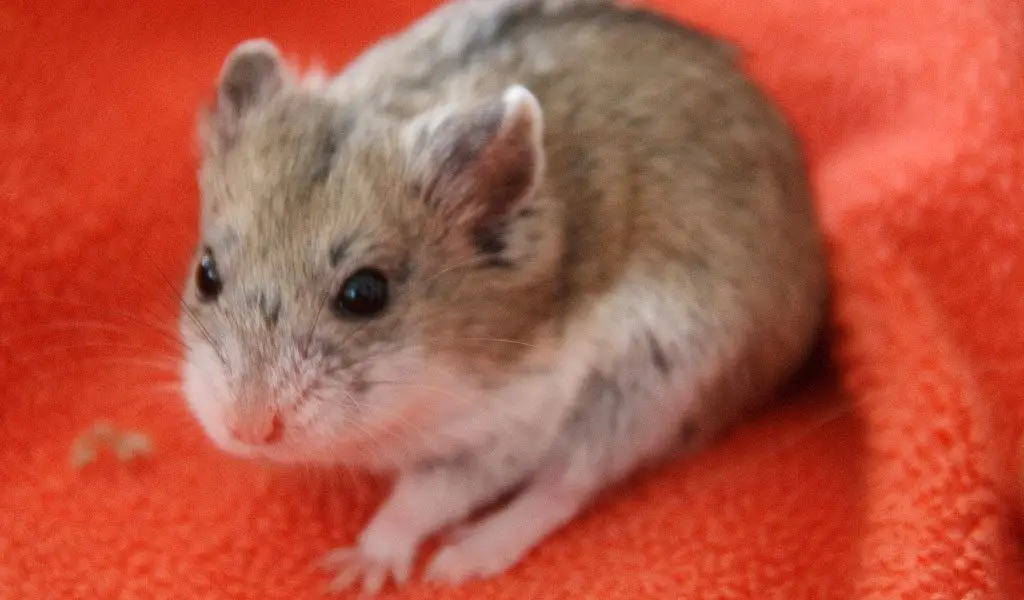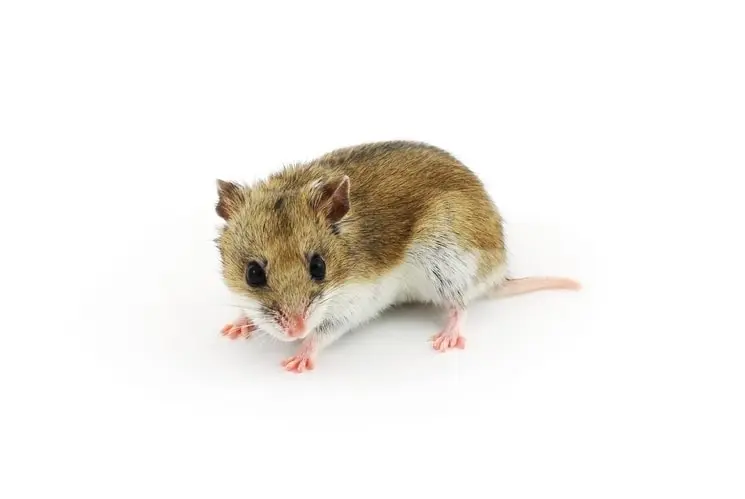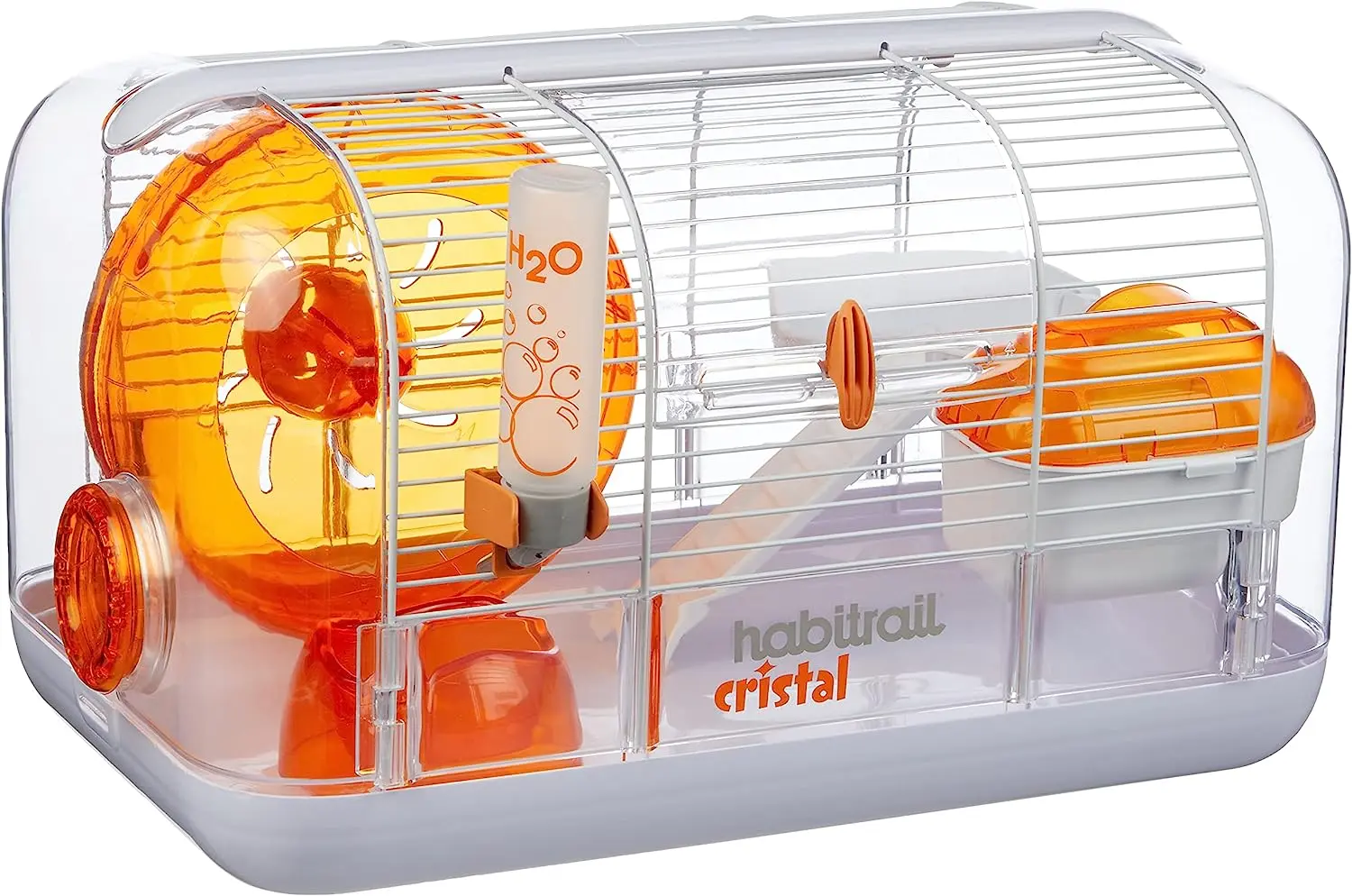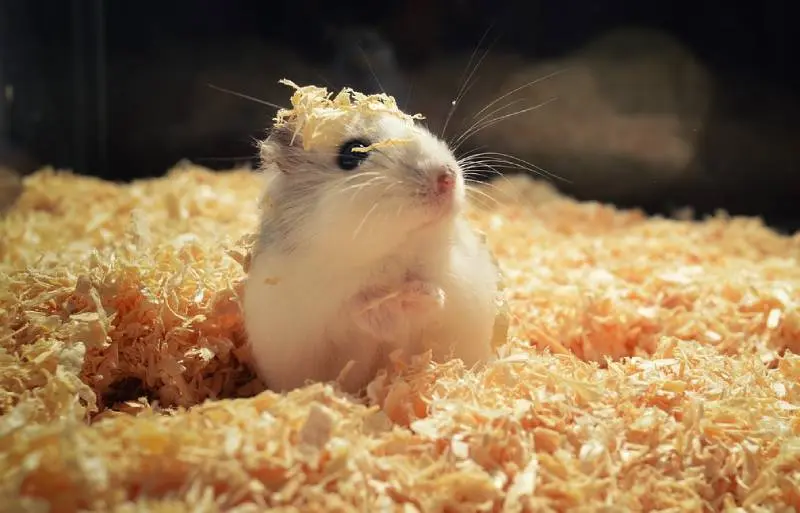Hamsters are adorable, small pets that can bring joy, companionship, and entertainment into your life — just like dogs. Although, I think dogs, especially GSDs, are the greatest animals on the planet…but that’s just my opinion (apologies for the digression).
So, hamsters — they’re relatively low-maintenance pets and easy to care for, making them a great choice for those looking for a pet. However, you must understand their needs and provide them with the care they need to live happy and healthy lives. In this guide, we’ll cover everything you need to know about hamster care, from choosing the right hamster to keeping them healthy and entertained.
Choosing the Right Hamster
When deciding what hamster to bring home, you need to consider the type of breed you’re compatible with. Here are the top five hamster breeds, each with their own unique characteristics and care requirements:
1. Syrian Hamster

Also known as the Golden Hamster, this is the most common and largest hamster breed. They’re friendly and easy to handle, making them suitable for first-time hamster owners. However, they are solitary animals and must be housed alone.
2. Roborovski Dwarf Hamster

These tiny hamsters are the smallest and fastest of all hamster breeds. They’re social animals and can be housed together in pairs or small groups, but they may be more challenging to handle due to their speed and agility.
3. Campbell’s Dwarf Hamster

This breed is social and can be housed with other Campbell’s Dwarf Hamsters. They’re relatively easy to handle and enjoy burrowing and tunneling. However, they may be more prone to diabetes, so it’s essential to monitor their diet closely.
4. Winter White Dwarf Hamster

Also known as the Russian Dwarf Hamster, this breed is similar in size and appearance to the Campbell’s Dwarf Hamster. They can change their fur color to white during the winter months. Winter White Dwarf Hamsters are social and can be housed together, but they also require a carefully monitored diet due to their risk of developing diabetes.
5. Chinese Hamster

This breed is unique due to its longer tail and slender body. Chinese Hamsters are more timid and may be less suitable for young children. They are generally solitary animals but may tolerate living with another Chinese Hamster if introduced at a young age.
Consult with a knowledgeable pet store employee or veterinarian to help you choose the right hamster for your home and lifestyle.
Creating a Comfortable Home
Once you’ve chosen your hamster, it’s time to set up a comfortable and safe living environment. Here are some essential components of a proper hamster habitat:
1. Cage Selection

Choose a spacious cage that allows your hamster to move around and explore freely. Wire cages with a solid floor and plastic or glass aquariums with a mesh lid are popular options. Make sure the cage has adequate ventilation to prevent the buildup of ammonia from urine. For Syrian hamsters, a cage with a minimum of 450 square inches of floor space is recommended, while dwarf hamsters require at least 360 square inches.
Consider a multi-level cage to provide additional space for climbing and exploration. Hamsters are active animals and need plenty of space to move around.
2. Bedding

Select a safe and comfortable bedding material for your hamster. Paper-based bedding, aspen shavings, or hardwood shavings are suitable options. Avoid using cedar or pine shavings, as they contain aromatic oils that can irritate your hamster’s respiratory system. Provide a thick layer of bedding (2-3 inches) for burrowing and nesting, and replace it regularly to maintain cleanliness.
3. Hideouts and Nesting Areas
Hamsters are prey animals and need hiding spots to feel safe. Provide multiple hiding spots, such as wooden houses, ceramic hides, or cardboard tubes. Additionally, offer nesting materials like shredded paper or hay to allow your hamster to create a cozy sleeping area.
4. Food and Water
Provide a balanced diet of commercial hamster food, fresh fruits, and vegetables. Use a heavy ceramic food dish to prevent tipping, or try a food hopper that attaches to the cage for easy access. Don’t forget to provide your hamster with access to clean, fresh water at all times. Make sure to check the water bottle frequently for blockages and clean it thoroughly every week. The Niteangel Water Bottle is a very good product you can check out. It’s eco-friendly and gets the job done.
5. Temperature and lighting
Maintain a consistent temperature in your hamster’s environment, ideally between 65°F and 75°F (18°C and 24°C). Avoid placing the cage near windows, air vents, or heaters, as drafts and temperature fluctuations can cause stress and health issues. Since hamsters are crepuscular in nature (meaning they’re most active during dawn and dusk), provide a natural light-to-dark cycle by placing the cage in a room with natural light or using a timer to control artificial lighting.
6. Exercise and Play Areas
Hamsters are active animals that require exercise and play. Provide an exercise wheel with a solid surface and appropriate size for your hamster to run comfortably without arching its back. You can also create a playpen or a designated play area outside the cage using a plastic storage container or modular playpen panels. Include toys, tunnels, and climbing structures to encourage exploration and play.
Safety tip: Ensure that your hamster’s environment is safe and secure. Check for any sharp edges, loose wires, or small openings that could cause injury or allow your hamster to escape. Keep the cage away from other pets, such as cats or dogs, to prevent stress and potential harm.
Keeping Your Hamster Healthy
Regular health check-ups and care help keep your hamster healthy. Here are some tips for maintaining your hamster’s health:
1. Diet
A balanced diet is crucial for your hamster’s overall health. Provide a high-quality commercial hamster food that contains a mix of grains, seeds, and pellets. Supplement their diet with small amounts of fresh fruits and vegetables, such as carrots, apples, and leafy greens. However, avoid feeding them high-sugar fruits, and be cautious about giving them too many treats, as obesity can become a health issue.
2. Cleanliness
Regularly clean your hamster’s cage to prevent the buildup of bacteria and maintain a healthy environment. Remove soiled bedding and replace it with fresh bedding at least once a week. Also, clean and disinfect the cage, food bowls, and water bottles every two weeks to minimize the risk of infections.
3. Dental care
Hamsters’ teeth grow continuously throughout their lives. Provide wooden chew toys or mineral blocks to help keep their teeth healthy and at the proper length.
4. Veterinary care
Establish a relationship with a veterinarian experienced in treating hamsters. Regular check-ups can help detect and treat potential health issues before they become serious.
5. Monitoring
Keep an eye on your hamster’s behavior, appearance, and activity levels. Changes in these areas can indicate potential health issues. Watch for signs such as lethargy, weight loss, diarrhea, or discharge from the eyes or nose. If you notice any concerning symptoms, consult your veterinarian promptly.
6. Preventive Measures
Take steps to prevent common hamster health issues, such as respiratory infections and parasites. Ensure proper ventilation in the cage, maintain cleanliness, and avoid drafts or temperature fluctuations. Regular veterinary check-ups can help detect and treat potential health issues before they become serious.
Socialization
Hamsters are intelligent and curious animals that require mental stimulation and socialization to thrive. Here are some ways to keep your hamster entertained and engaged:
1. Foraging
Encourage your hamster’s natural foraging instincts by hiding small treats or food items in their bedding or within their toys. This activity can help keep their minds active and encourage natural behaviors.
2. Puzzle toys
Provide your hamster with puzzle toys or treat-dispensing toys that require problem-solving skills. These toys can help stimulate their minds and provide mental challenges. There are also a lot of other toys we’ve covered here.
3. Sensory stimulation
Introduce new scents, textures, or materials into your hamster’s environment to encourage exploration and curiosity. For example, you can add herbs like lavender or mint, or incorporate different types of bedding or nesting materials.
4. Training
Hamsters can learn simple tricks or tasks through positive reinforcement training. Use small treats and gentle encouragement to teach your hamster to come when called, stand on their hind legs, or navigate a simple obstacle course.
Conclusion
Taking care of a hamster can be a rewarding and enriching experience. By following the tips and guidelines outlined in this comprehensive guide, you can give your hamster a happy, healthy, and fulfilling life. Remember, it’s still best to consult with a licensed veterinarian for professional, personalized advice and care recommendations. Happy parenting!
